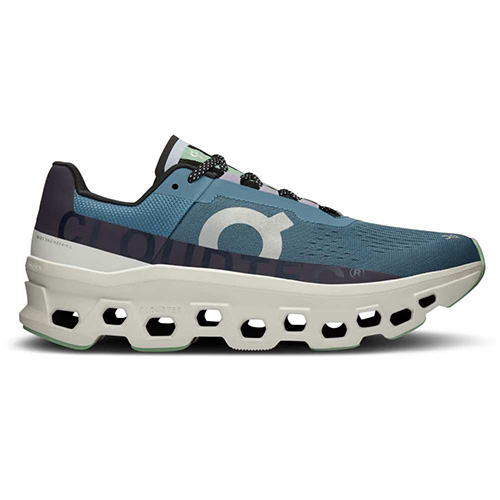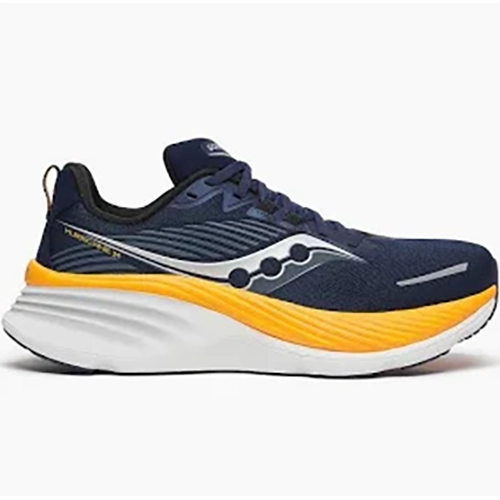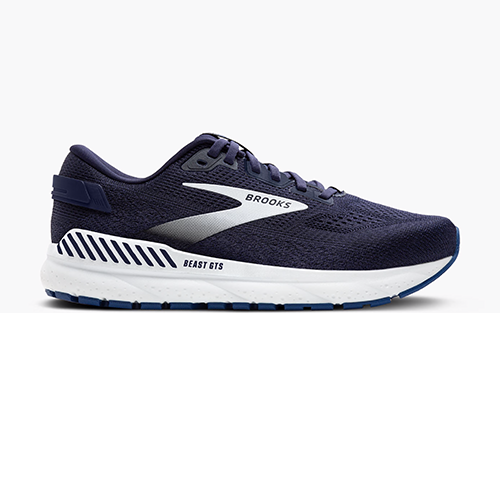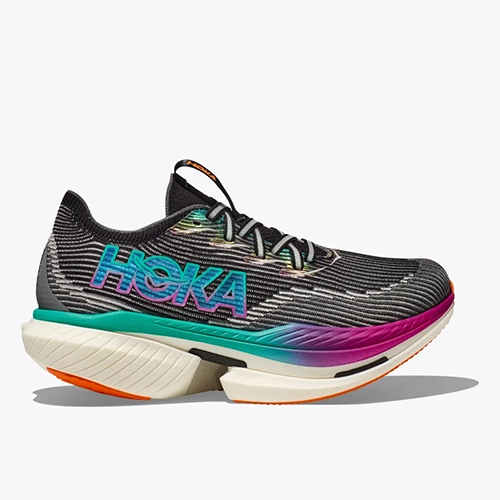The Correct Shoe for Your Foot
When you come into The Running Place, the first thing we will do is check out your feet. Everyone’s feet have a unique shape to them and a specific way they move. Having the right arch support for your foot is imperative to keeping you healthy.
Getting You Moving in a More Positive Way
- We start by watching how you walk. No need to schedule anything, just come into the shop and one of our employees can help you out on the spot. By looking at your foot structure and watching your gait, we can get a better idea for what shoes would work best for you.
- After that, and along with listening to what you are hoping to find shoes for (running/working/daily life), we can start trying shoes on.
- You can walk around and even use our in-house treadmill to test the shoes a bit. When you are happy with what you have on, then we can keep track of your purchase for the next time!

The Three Types of Shoes
When it comes to running shoes, understanding the different types available can help you make the best choice for your feet and running style. Choosing the right type of running shoe based on your individual needs can improve comfort, enhance performance, and reduce the risk of injury. Whether you’re hitting the pavement or tackling a trail, there’s a shoe that’s just right for your running journey.
Neutral

These are designed for runners who have a neutral gait or high arches. Neutral shoes offer cushioning and support without altering your natural foot motion. They’re ideal for runners who do not overpronate (roll inward) and have efficient, stable strides.
Support

Stability shoes are suitable for runners who experience mild to moderate overpronation. They include features like a firm “post” to reinforce the arch side of each midsole, an area highly impacted by overpronation. This helps to prevent excessive inward rolling of the foot, ensuring a more stable run.
Motion Control

For runners with severe overpronation or flat feet, motion control shoes provide the highest level of support and durability. They have stiffer heels and a design built to counter overpronation, helping to keep your foot aligned and prevent injuries.
Other Types of Shoes
Trail Shoes
Trail shoes are designed for off road experiences. They have tread for gripping uneven and soft terrain; uppers which are water-resistant and tough enough to withstand the rocks, sticks and brush you’ll bump and scrape against; and often have a rock shield in the forefoot to help prevent bruises when stepping on stones and roots. Trail shoes will be more stable than a road shoe when treading across the inconsistent surfaces of grass and trails. Their dark colors keep them looking nice even when used on the muddiest paths. There are both neutral and support trail shoes.
Performance Shoes

Designed for speed and efficiency, performance running shoes are ideal for runners looking to enhance their race times and optimize every run. These shoes are notably lightweight, allowing for quick foot turnover. They often feature advanced cushioning technologies that provide a responsive feel; this means the shoe not only absorbs the impact of each stride but also returns energy to the runner, aiding in faster and more powerful push-offs. Additionally, performance shoes typically have a streamlined design to minimize drag and maximize speed, making them a top choice for competitive running and personal best efforts.
Walking Shoes
Walking shoes help the foot go from heel (landing) to toe (push-off) with the greatest ease. Our walking shoes are the most technical on the market today and are categorized into cushioning, stability and motion control to insure the best shoe for each individual.
Kids Shoes
Kids have the same biomechanics as adults when they run and many need the same gait control and cushioning. We have the best technical shoes on the market for young feet and the “know-how” to make sure your child is wearing the proper shoe for them.

 by ʻOhana Digital
by ʻOhana Digital